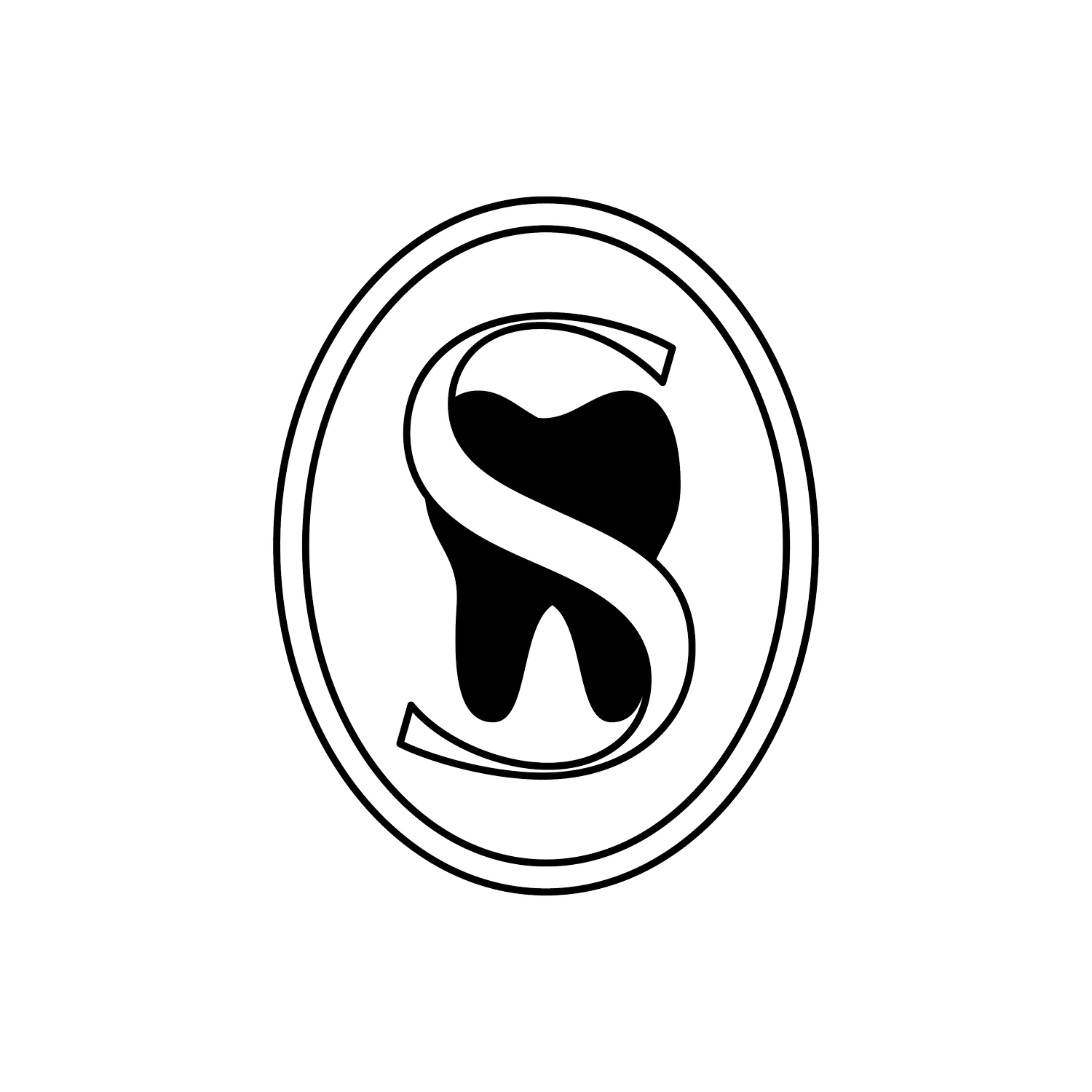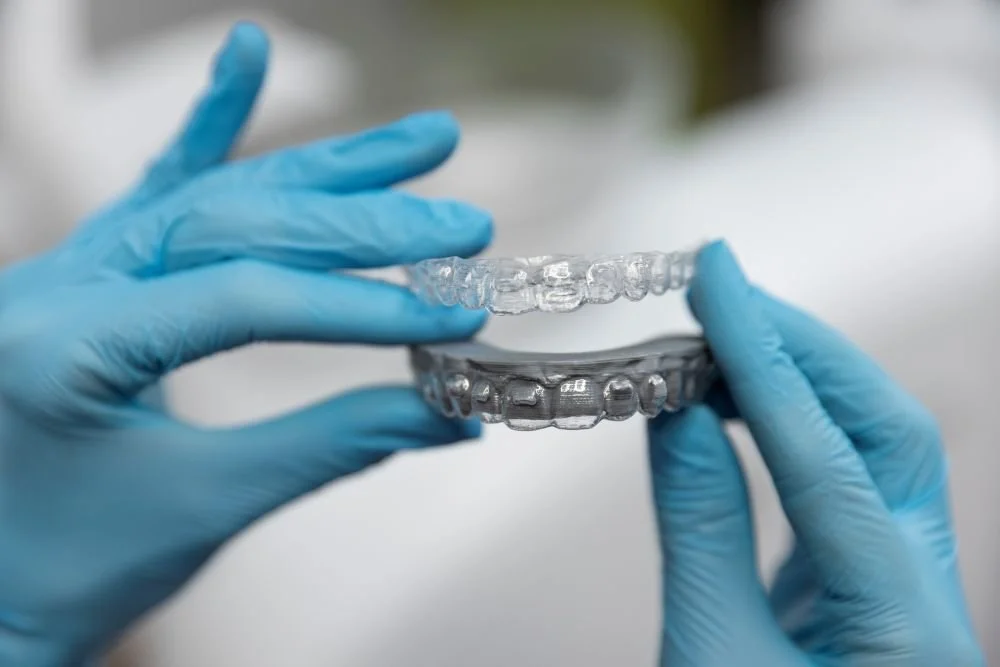Pros and Cons of Invisalign: What to Know for Kids and Adults
Orthodontic treatment can be a step toward achieving a healthier, more confident smile. And if you’re considering this journey, you may also think about whether Invisalign is the right option for you.
To make an informed decision, you must consider the pros and cons of clear aligners. From advantages such as comfort, easy maintenance, and discretion to downsides such as serious commitment and strong compliance, there are several factors you need to assess.
Understanding How Invisalign Works
Invisalign is an orthodontic treatment that uses a series of clear, customised aligners to gradually straighten teeth. Unlike metal braces, Invisalign aligners are almost invisible and removable. Kids, teenagers, and adults can all wear Invisalign upon the recommendation of, and with supervision from, your orthodontist.
Each aligner tray is fabricated from BPA-free plastic based on digital scans of your teeth, ensuring a custom fit. You wear each set for one to two weeks before progressing to the next, with the controlled pressure shifting your teeth into the correct position over time.
While the total treatment duration varies, it can correct a wide range of mild to severe alignment issues.
Invisalign for Kids: Benefits and Drawbacks
If you’re a parent looking for an alternative to traditional braces for your kid, Invisalign may be the ideal option.
But what are the advantages and disadvantages of these clear aligners?
Why Invisalign Can Be a Good Fit for Kids
When kids are the users, Invisalign can be an appealing choice due to these advantages:
1. Nearly Invisible Appearance
Many older kids may become self-conscious about their appearance during orthodontic treatment. However, because the aligners are clear, they are practically unnoticeable when worn, boosting confidence. Similar to plastic retainers, Invisalign's invisible nature allows children to smile freely without the visible presence of metal wires and brackets.
2. Removable and Easy to Maintain
Another benefit of Invisalign is the ability to easily remove the aligners for eating, drinking, and, crucially, for brushing and flossing. Consequently, maintaining oral hygiene can be easier than with traditional metal braces, where food can frequently get trapped. It also means there are fewer instances of broken brackets or emergency visits, resulting in a less stressful experience for both the kid and parent.
3. Comfort Over Brackets and Wires
Traditional braces often involve sharp wires and brackets that can cause painful irritation to a kid’s inner cheeks and gums. On the other hand, Invisalign trays are smooth and custom-fitted, providing a more comfortable overall experience. While some initial pressure is normal when changing trays, there is no need for the periodic painful tightening sessions associated with metal braces.
Limitations of Invisalign in Younger Kids
While Invisalign offers upsides, some clinical and behavioural drawbacks may make it unsuitable for young kids:
Discipline is Crucial
Invisalign relies heavily on consistent use, which means that your kid must wear their aligners for 20 to 22 hours per day, only being removed for eating and cleaning. This strict requirement can be a challenge for forgetful children or those with less discipline. If the aligners are not worn as prescribed, the teeth will not move according to the planned schedule, potentially extending the overall treatment time.
Is Invisalign Right for Your Child?
Determining the suitability of Invisalign often comes down to an orthodontist's assessment, taking into account the complexity of the case. Beyond the clinical requirement of having all permanent teeth, the decision also hinges on the kid’s maturity and responsibility.
As such, honestly evaluate your child's ability to commit to wearing the aligners for 20 to 22 hours daily and properly maintaining their oral hygiene. At the same time, remember that the results will depend on your level of supervision and your commitment to consistent follow-up.
Key Factors to Consider for Parents
When weighing whether Invisalign or traditional braces are better for your kid, consider the cost comparison. Note that the upfront investment may vary, with the charges generally depending on the complexity of the orthodontic concern.
More importantly, think of how braces or clear aligners can affect your child’s daily life, including school, sports, and social activities. Crucially, the convenience of removability must be balanced against the discipline required to keep track of the trays and adhere to the strict wearing schedule.
The Invisalign Experience for Adults: Upsides and Downsides
As an adult who may want a straighter smile, you might consider whether Invisalign is the right option for you. To ensure that you’re getting a balanced approach to your orthodontic concern, it’s crucial to weigh the pros and cons of clear aligners.
Why Adults Choose Invisalign in Singapore
You may appreciate Invisalign for its unique combination of discretion, convenience, and effectiveness. When you choose clear aligners, you can enjoy these benefits:
1. Subtle and Discreet Look
The near-invisibility of clear aligners is a major advantage for adults, particularly those in professional or public-facing roles. Unlike traditional metal brackets, Invisalign lets you keep speaking and smiling confidently throughout treatment without drawing attention to the orthodontic appliance.
2. More Comfortable than Traditional Braces
Invisalign trays are smooth and custom-fitted, designed to apply gentle, controlled pressure. This typically results in less irritation to the cheeks and gums than the sharp edges of wires and metal brackets.
In most cases, the absence of wires also eliminates the need for uncomfortable rubber bands.
3. Easier Oral Care Routine
You may also appreciate the fact that you can simply remove the Invisalign to brush and floss normally. This also means there's no need for special tools you need for cleaning traditional braces, such as threaders or interdental brushes.
4. Eat Without Worry
You need to worry about what you eat with traditional braces. In contrast, because you can remove the Invisalign trays completely during meals, you can continue enjoying your favourite crunchy, sticky, or chewy foods.
5. Fewer Check-ups Needed
Many Invisalign treatment plans incorporate remote monitoring, which can reduce the frequency of mandatory in-clinic appointments. This convenience translates to fewer disruptions to busy work schedules and a more streamlined adjustment process for patients.
6. Digital Smile Preview
Before treatment begins, Sincere Dental uses digital technology to create a 3D simulation of the expected tooth movements. This feature lets you visualise the final result that Invisalign can achieve.
7. Minimised Risk of Gum or Tooth Damage
Invisalign works by applying targeted, controlled force, which is generally gentler than the stronger, continuous force of fixed appliances. This gradual pressure is designed to reduce unnecessary trauma to the root structure and surrounding oral tissues, supporting overall dental health.
8. Can Address Many Common Alignment Issues
Invisalign is a suitable and effective option for addressing a wide spectrum of common orthodontic concerns. This includes issues such as mild to severe crowding, spacing problems, and various bite problems, such as overbites or underbites.
9. Reduced Urgency for Emergency Visits
Since the aligners contain no fixed parts, such as brackets, wires, or bands that can snap or break, the likelihood of needing an urgent, unplanned dental visit is lower. Consequently, Invisalign can provide you with a more predictable and manageable approach.
10. Confidence Booster
If you’ve spent years feeling self-conscious about misaligned teeth, Invisalign may help you regain your confidence. Clear aligners can help you achieve that straighter smile you’ve long been dreaming of.
What to Watch Out for as an Adult Invisalign Wearer
While the benefits are compelling, it's still important to approach Invisalign with realistic expectations. Before you fully commit, you need to know these potential downsides:
1. Higher Upfront Cost
You may find that the initial financial investment for Invisalign can be higher than for traditional braces. So, it’s advisable to discuss the overall cost of treatment with your dental clinic.
2. Requires Strong Compliance
You must commit to wearing your aligners for 20 to 22 hours a day to achieve the best results with Invisalign. Failure to adhere to this strict schedule may mean your teeth do not move as planned, which can ultimately extend the duration of your treatment.
3. Not Suitable for Every Dental Case
Invisalign works well for many common alignment issues, but it is not suitable for every dental case. To find out if you are a suitable candidate for Invisalign in Singapore, we recommend visiting our dentist for a detailed consultation and customised treatment advice.
4. Ongoing Monitoring Is Needed
Despite the convenience of remote check-ups, regular in-person dental consultations remain essential. Your dental professional needs to monitor your progress, ensuring the Invisalign fits correctly and the teeth are tracking as planned.
5. Cleaning and Storage of Trays
You must clean the Invisalign trays carefully each time you remove them to prevent staining, cloudiness, or odour. Failing to do so can create an environment for bacteria to multiply.
6. Easy to Lose
Because the aligners are clear and removable, they are unfortunately easy to lose. Misplacing your Invisalign trays during meals at a restaurant or while travelling can cause delays in your treatment progress, potentially adding unexpected costs for replacement aligners.
7. Change Trays Regularly
Your treatment requires you to switch to a new set of Invisalign trays every one to two weeks, following the prescribed schedule. Additionally, you must keep track of your rotation cycle and never skip an aligner set to ensure controlled and consistent tooth movement.
8. Limited Insurance Coverage
When considering the downsides of Invisalign, note that many basic dental insurance plans may offer limited or no coverage for this treatment. Therefore, it's recommended that you check with your insurance provider early to understand what percentage, if any, of the orthodontic costs is claimable.
9. Social Awkwardness
As an adult, you will need to remove your Invisalign before eating or drinking anything other than water. This necessity can sometimes lead to social awkwardness, especially in public or professional settings.
10. Can Still Be a Long Commitment
While the aligners are discreet, the overall treatment process is still a significant commitment. Depending on the complexity of your alignment needs, the average Invisalign use is typically 12 to 18 months, requiring patience and long-term dedication.
Choosing the Right Orthodontic Treatment for Your Needs
Whether you’re deciding for yourself or your child, choosing between traditional braces and Invisalign will depend on several factors. Some things to consider include the user’s age, discipline, level of orthodontic correction needed, and oral health goals.
At the same time, you need to think about your lifestyle and how the specific approach can affect your daily life and profession. Ultimately, the best choice is the one that aligns with your specific clinical needs and preferences.
If you want to learn if Invisalign is the best option for you or your kid, book a consultation with our dental team at Sincere Dental. We’ll assess your concerns and goals, then develop a personalised treatment plan.


